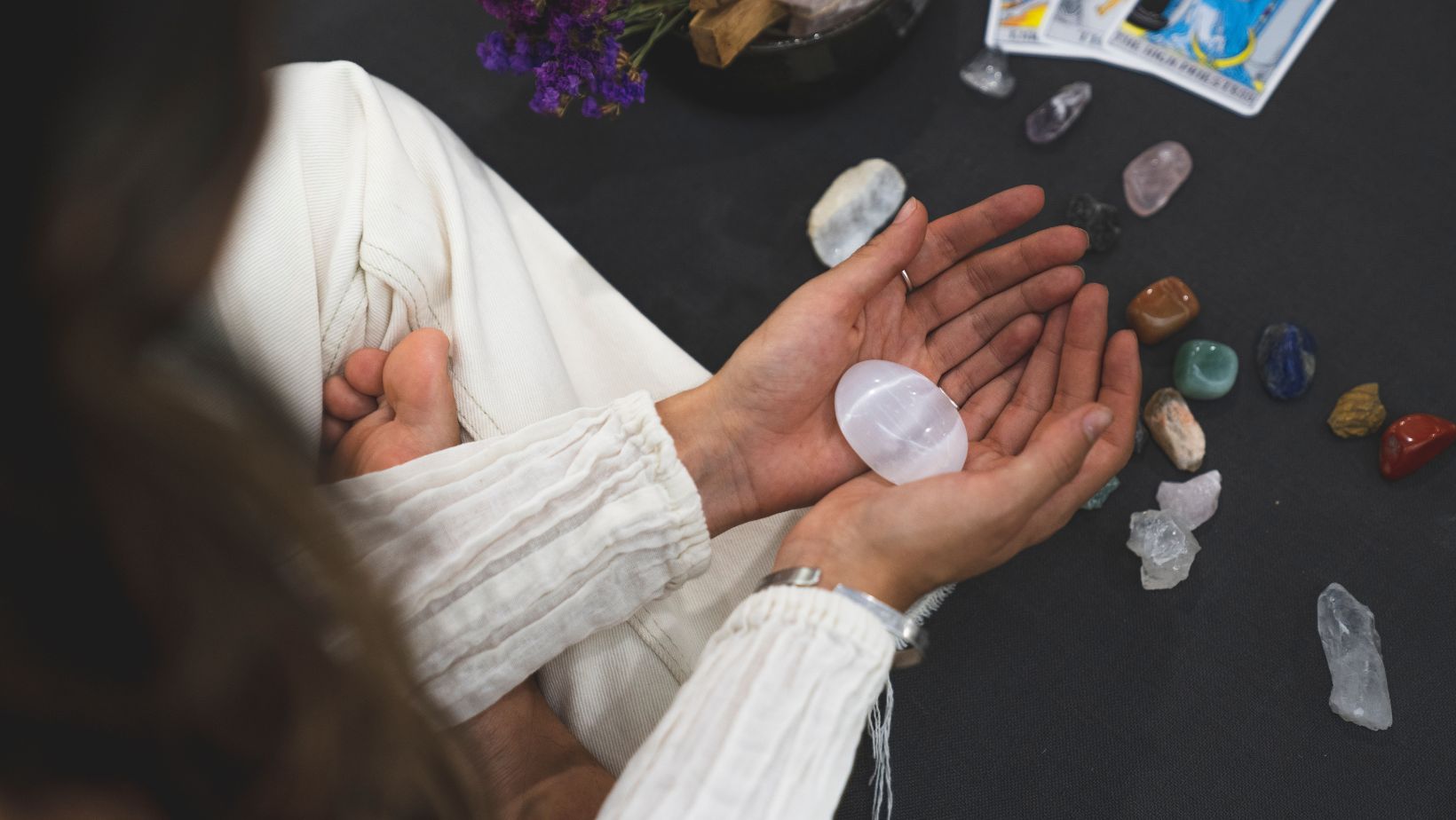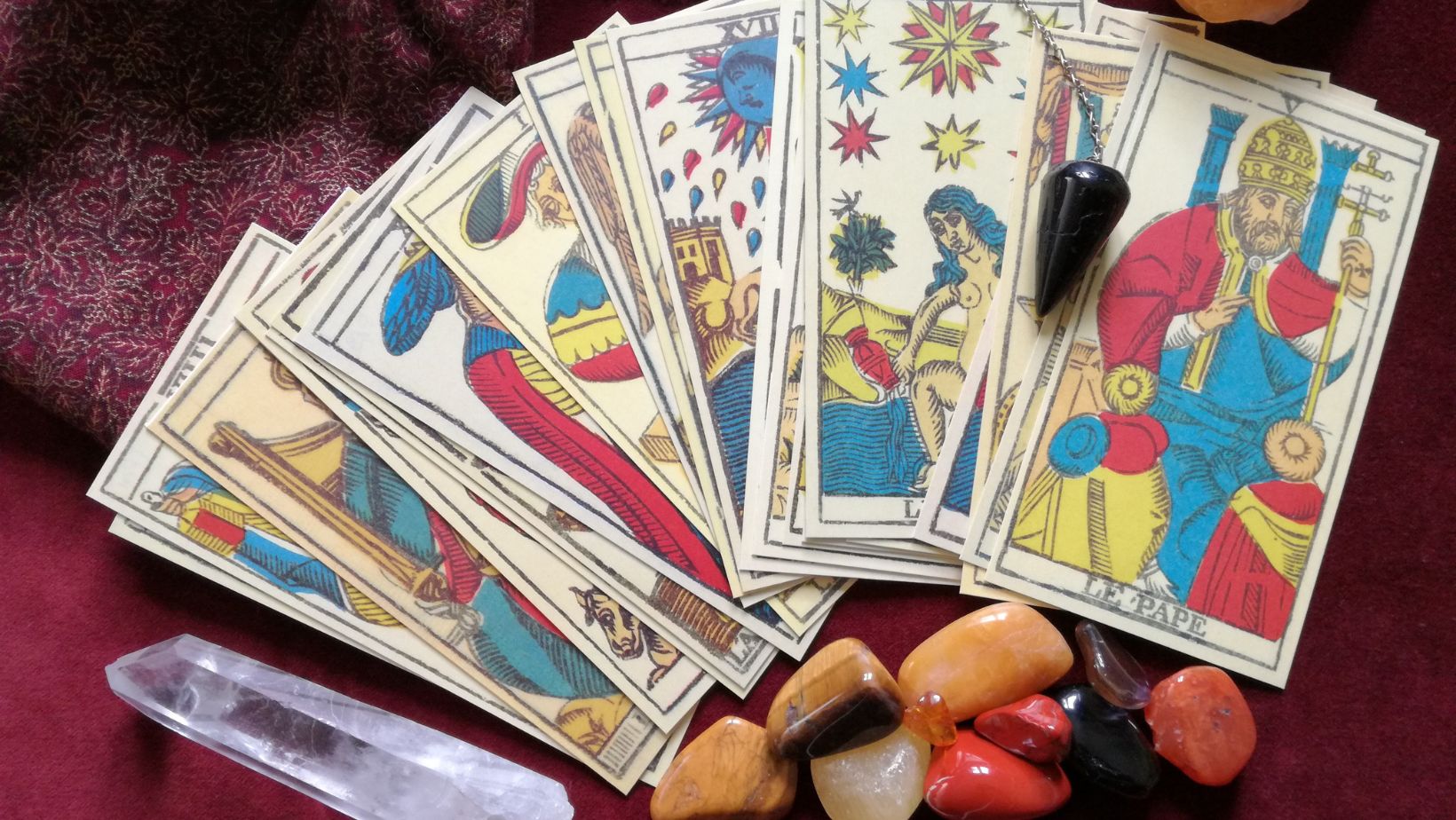Centuries of insight and wisdom come with the set of tarot cards, powerful tools for one’s self and spiritual growth. Rich in symbolism, many-layered with meaning, tarot helps in digging out hidden truths and guides decisions of great import. While the learning of the tarot cards may first daunt the novice, practice and intuition will eventually perfect the skill in anyone.
The secret to transforming yourself into a confident reader is in the difference between understanding what a tarot card is and how it applies to your journey. If you’re seeking further expertise, the best online psychics can provide support and insight into tarot interpretations.
What Is a Tarot Card and Why Is It Significant?
A tarot card is much more than just an illustration. Each card represents universal archetypes and life experiences that reflect emotional, spiritual, and practical challenges. Tarot is structured into two main parts:
The Major Arcana
These 22 cards symbolize major themes and transformations in life. Cards like The Fool, Death, and The Lovers represent significant life events and transitions.
The Minor Arcana
The remaining 56 cards address ordinary issues and decisions. These are divided into four suits, each dealing with a different area of life. Cups deal with emotional matters, while Pentacles will refer to material ones such as career or finances.
Combined, the tarot deck provides a holistic understanding of your current path, including influences, challenges, and opportunities.
Learning How to Read Tarot Cards
Starting your tarot journey involves building a connection with your deck and trusting your inner guidance. Understanding the basics will lay the foundation for meaningful readings.
1. Choose a Deck That Resonates with You
With numerous tarot decks available, each differs in its art style and symbolism. Most beginners go for the Rider-Waite deck because it is clear in imagery, but it’s crucial to choose one that feels good for you.
2. Familiarize Yourself with the Cards
Take a seat and explore what each card represents. Take note of the imagery, symbols, and colors. Reflect on how you feel and what goes through your mind when you come across a card. Building your personal attachment to your deck will help strengthen your readings.

3. Practice Simple Spreads
You can begin with small, workable spreads. Pull one card for a reading, or three: Past, Present, Future. With these layouts, you will be able to get accustomed to interpreting what the relationships of different cards are without getting overwhelmed.
How to Read Tarot Cards for Beginners
Ask Open-Ended Questions
The questions you ask shape the quality of the reading. Avoid asking questions that require a simple yes or no response. Instead, ask for insight or advice, such as:
- “What can I do to strengthen my relationship?”
- “What should I focus on to achieve my career goals?”
These questions encourage deeper and more meaningful guidance.
Rely on Your Intuition
Your first impression of a card is often the strongest. Before looking up in textbooks, trust your instincts in interpreting the card. This will, with practice, further develop your intuitive skills.
Establish a Routine
Get into a routine that will help you really connect with your deck. Maybe light some candles, meditate, or state an intention prior to drawing the cards. It gets you into that focused, receptive state of mind.
Understanding Common Tarot Symbols and Patterns
Recognizing recurring symbols and themes in your tarot readings can deepen your interpretations.
Major Arcana Patterns
If several Major Arcana cards appear in a spread, it suggests that you are dealing with significant life events or transformations.
Repeated Suits in the Minor Arcana
Multiple cards from the same suit may indicate a dominant area of focus. For example, multiple Cups cards suggest emotional matters or relationships are at the forefront.
Patterns like these provide context and help clarify the underlying messages in your readings.
Dispelling Tarot Myths
Misunderstandings about tarot can create unnecessary fear or confusion. It’s important to separate myth from reality.
Myth: Tarot Predicts a Fixed Future
Tarot doesn’t predict fate in an unchangeable way. It reflects your current energy and potential paths, empowering you to make informed choices.
Myth: You Must Be Psychic to Read Tarot
You don’t need supernatural abilities to read tarot. The cards are a tool to help develop your intuition and self-awareness.
Myth: Reversed Cards Always Indicate Something Bad
Reversed cards can suggest internal challenges or delays but aren’t inherently negative. They often prompt reflection and personal growth.
Taking Your Tarot Practice to the Next Level
Once you’ve mastered the basics, you can explore more advanced techniques and spreads.
Do Larger Spreads
The spreads such as the Celtic Cross give a really insightful look into your situation, influences, challenges, and outcome. There is a lot you can layer on top of interpretation.
Tarot Journaling
Record your readings, recording pulled cards, any interpretations made along with resultant outcomes. The record will help after some time when it reveals emerging themes for refinements to understanding the cards better.
Ask For Feedback
Reading for others will accelerate your learning. Friends and family can provide you with feedback about your interpretations, which may make you consider new perspectives in your readings.
When to Consult Professional Psychics for Guidance
If you encounter challenges interpreting complex spreads, a professional tarot reader can provide insight. The best online psychics often combine tarot with other intuitive abilities, offering deeper clarity on life’s questions.
Professional readers can:
- Provide guidance when you’re stuck on difficult interpretations
- Offer insight into recurring themes in your readings
- Share techniques to improve your practice
Choosing an experienced advisor can enrich your tarot journey and deepen your understanding of the cards.
Final Thoughts
Learning the tarot cards is a very rewarding journey; it means building a great connection with your deck and trusting your intuition to unlock profound insights about yourself and your path in life.

Knowing the difference between what a tarot card is and how it serves your spiritual exploration empowers you to approach tarot with confidence. Whether for personal growth or offering guidance to others, tarot serves as a potent tool for change and clarity.

